Blog Automation Setup
SOLAR's 'Blog Automation' feature automatically pulls content from your blog and displays it on other parts of your site. In order to activate this feature, simply add the URL of your blog, and the URL of 3 categories from your blog, to the input boxes below.
Blog's URL
Activates Owl carousel slider, ticker, breadcrumbs and latest posts. As an example, if your blog's URL is 'https://www.mysite.com/blog', then add '/blog.html' to the input box below.
/News.html
Category 1 URL
Activates category 1 section on 'Solar' page layout. As an example, if your blog page has the category 'music', then add '/blog/category/music.html' to the input box below. Repeat this process for the remaining 2 input boxes below.
/News/category/brain-food.html
Category 2 URL
Activates category 2 section on 'Solar' page layout.
/News/category/spot-diagnosis.html
Category 3 URL
Activates category 3 section on 'Solar' page layout.
/News/category/journal-club.html
Note: You can hide this box under "Theme>Theme Options>Automation [Editor Only]".
Need support? We've got your back!


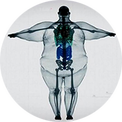
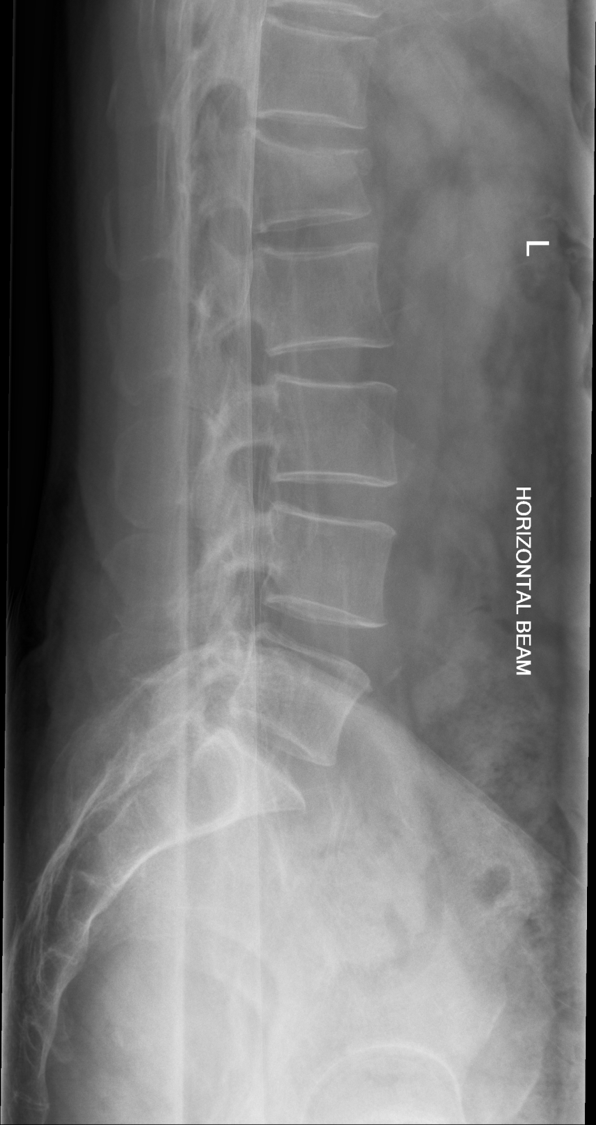
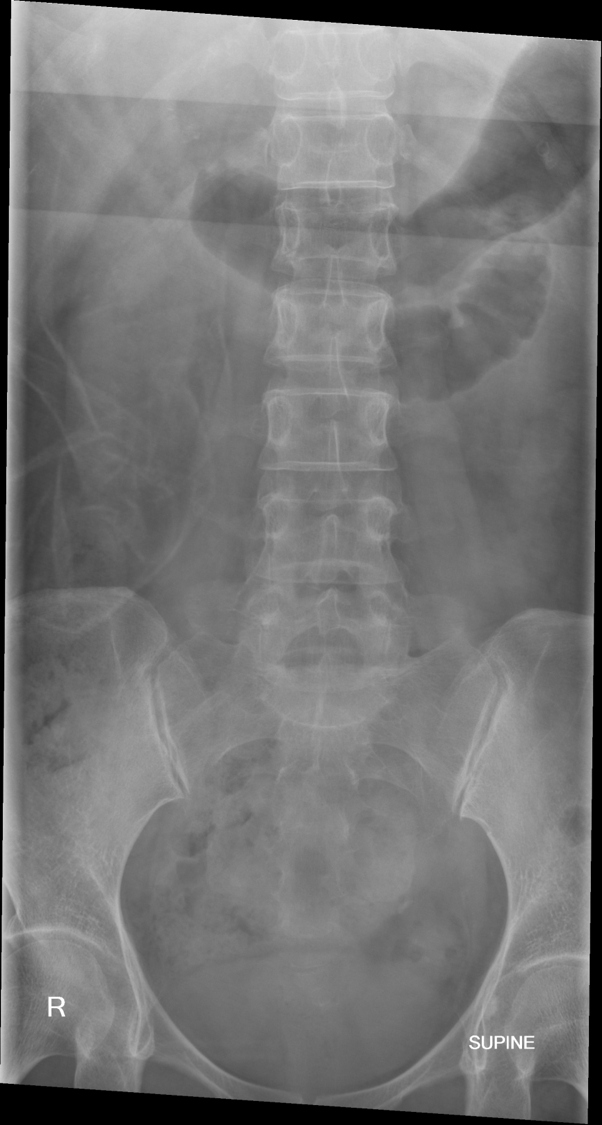
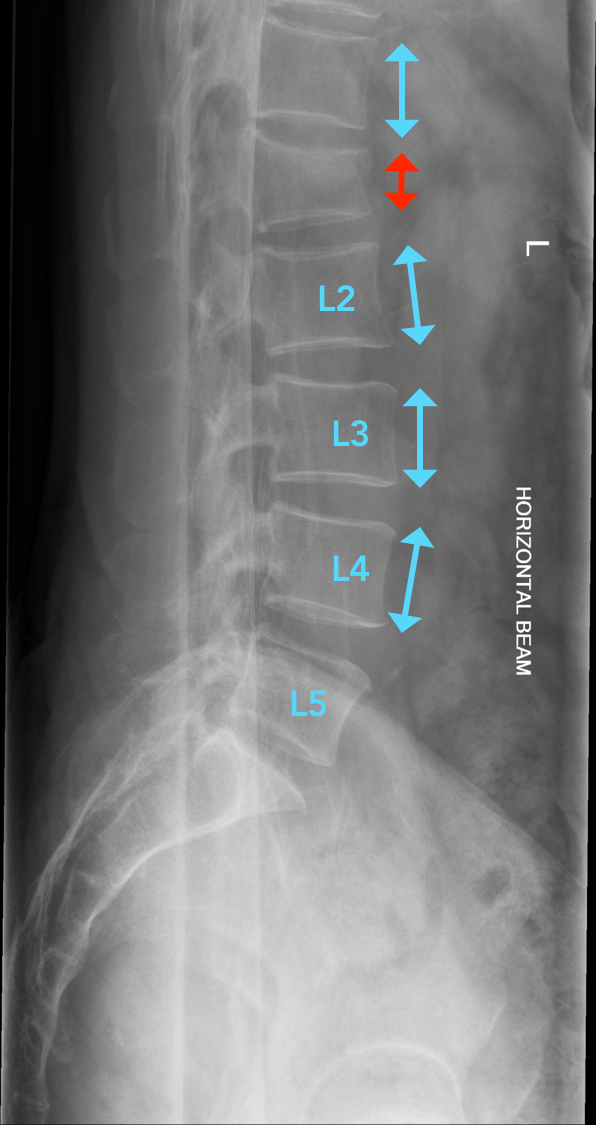
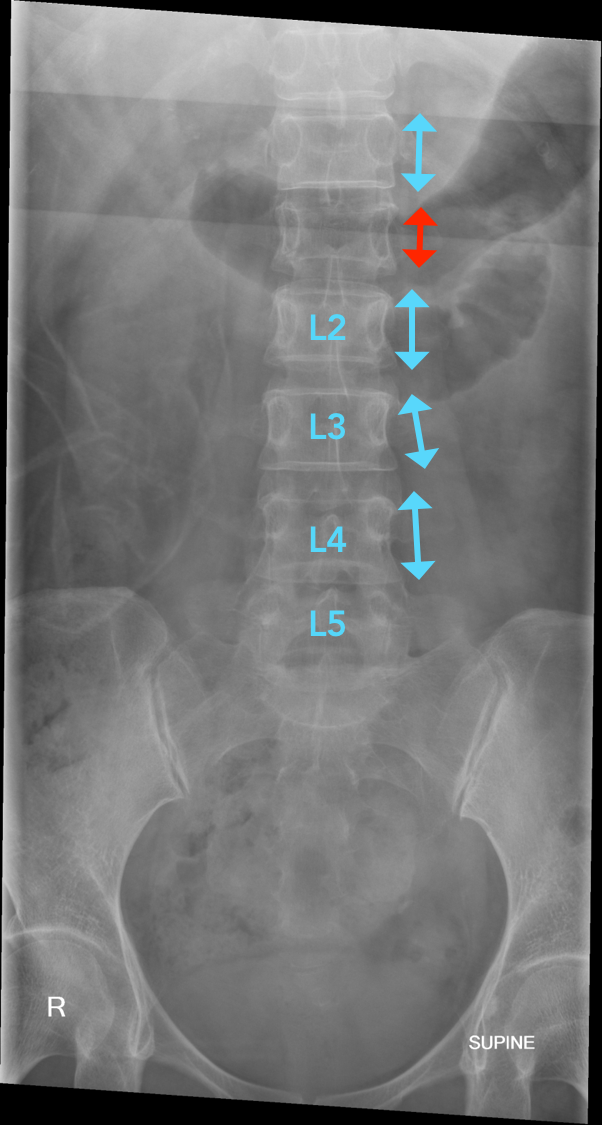
 RSS Feed
RSS Feed
